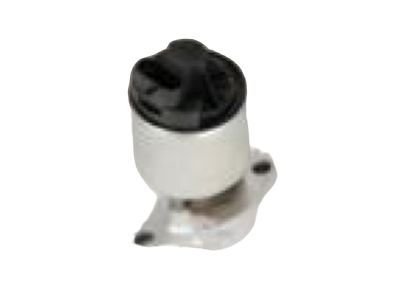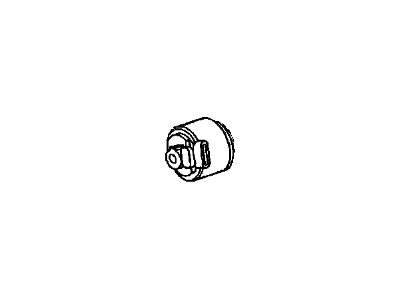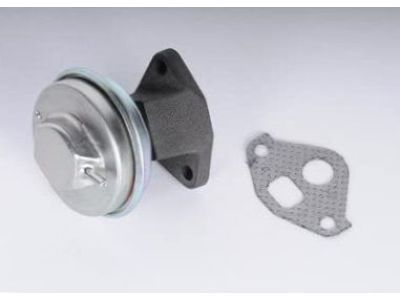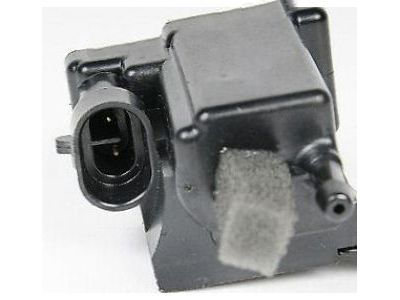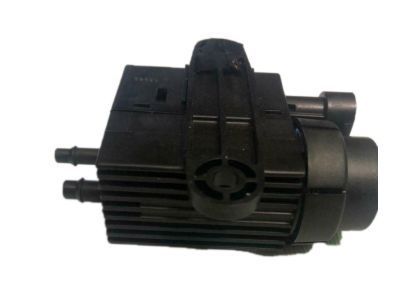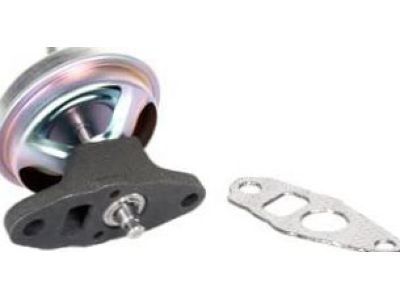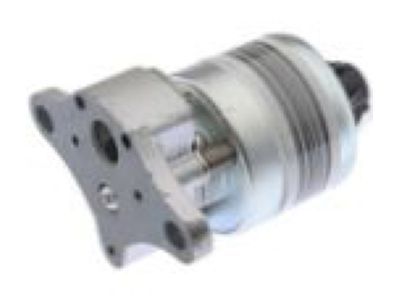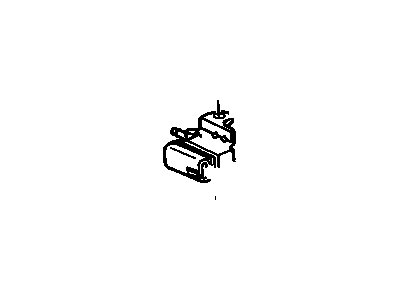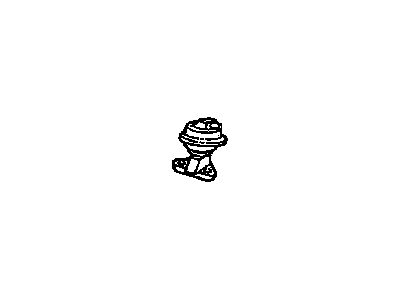My Garage
My Account
Cart
Genuine Chevrolet S10 EGR Valve
Emissions EGR Valve- Select Vehicle by Model
- Select Vehicle by VIN
Select Vehicle by Model
orMake
Model
Year
Select Vehicle by VIN
For the most accurate results, select vehicle by your VIN (Vehicle Identification Number).
17 EGR Valves found
Chevrolet S10 Valve,EGR
Part Number: 12578036$132.99 MSRP: $427.91You Save: $294.92 (69%)Ships in 1-2 Business DaysChevrolet S10 Valve,EGR
Part Number: 12578040$108.45 MSRP: $348.96You Save: $240.51 (69%)Ships in 1-2 Business DaysChevrolet S10 Solenoid Assembly, Egr Control Valve Relay
Part Number: 10096137$113.47 MSRP: $214.10You Save: $100.63 (47%)Ships in 1-2 Business DaysChevrolet S10 Valve Asm,Evap Emission Canister Control
Part Number: 15083253$27.18 MSRP: $51.29You Save: $24.11 (48%)Ships in 1-2 Business DaysChevrolet S10 Valve,EGR
Part Number: 12578044$193.78 MSRP: $352.33You Save: $158.55 (45%)Ships in 1-2 Business Days
Chevrolet S10 EGR Valve
The EGR Valve in Chevrolet S10 vehicles assists in the regulation of exhaust gases to the combustion chamber hence reducing air pollutants when the air-fuel ratio is distorted. This technique assist in reducing NOx emission by reburning the exhaust gas, reducing the O2 concentration and using some inert gas to absorb heat. Various forms of EGR VALVES have remained apparent through the years starting by the use of orifice jets to today's systems that depend on certain attributes of the engine. Although EGR it is useful to maintain emissions levels there are engines like the Chrysler Pentastar 3.6 that do not require it. The carbon build up should be cleaned periodically to avoid blocking the EGR valve for maximum efficiency.
Each OEM Chevrolet S10 EGR Valve we offer is competitively priced and comes with the assurance of the manufacturer's warranty for the part. Furthermore, we guarantee the speedy delivery of your orders right to your doorstep. Our hassle-free return policy is also in place for your peace of mind.
Chevrolet S10 EGR Valve Parts Questions & Experts Answers
- Q: How to check and replace the EGR Valve on Chevrolet S10?A: Passages cast in intake manifold allow the EGR system to meter exhaust gases into the engine induction system. This is achieved by a valve that operates under vacuum or back pressure control in response to the engine load. Rough idling or stalling at idle, rough engine performance during light throttle application, and stalling during deceleration are some of the problems related to EGR systems in engines. Start the vehicle's engine then manually raise its EGR diaphragm to inspect through it. If the engine shuts off or its idle speed drops significantly, then the EGR valve is working properly. Examine all hoses connected to the valve for breaks, leaks, and kinks. Detach vacuum hose from the EGR valve and apply vacuum using a vacuum pump. The engine stumbling indicates that the vacuum diaphragm is working fine. Consult a reliable automotive repair company for proper checks on how effective your EGR control solenoid is operating on this vehicle. To replace any components, first separate the hose from the EGR valve before removing nuts or bolts that hold it onto either adapter or intake manifold. As you install another gasket lift out EGR valve from engine after it has been cleaned with dry cloth on mounting surfaces, put it in place with new EGR valve and proceed to connect hose for vacuum signal. Checking this linear EGR valve requires special electronic diagnostic equipment hence a qualified repair facility should do that examination. When replacing it, unplug electrical connector then take away mounting bolts followed by EGR valve which finally results in cleaning of mounting surface before installation of new gasket finished by tightening bolts firmly as well as connecting electrical connector into EGR valve itself.

